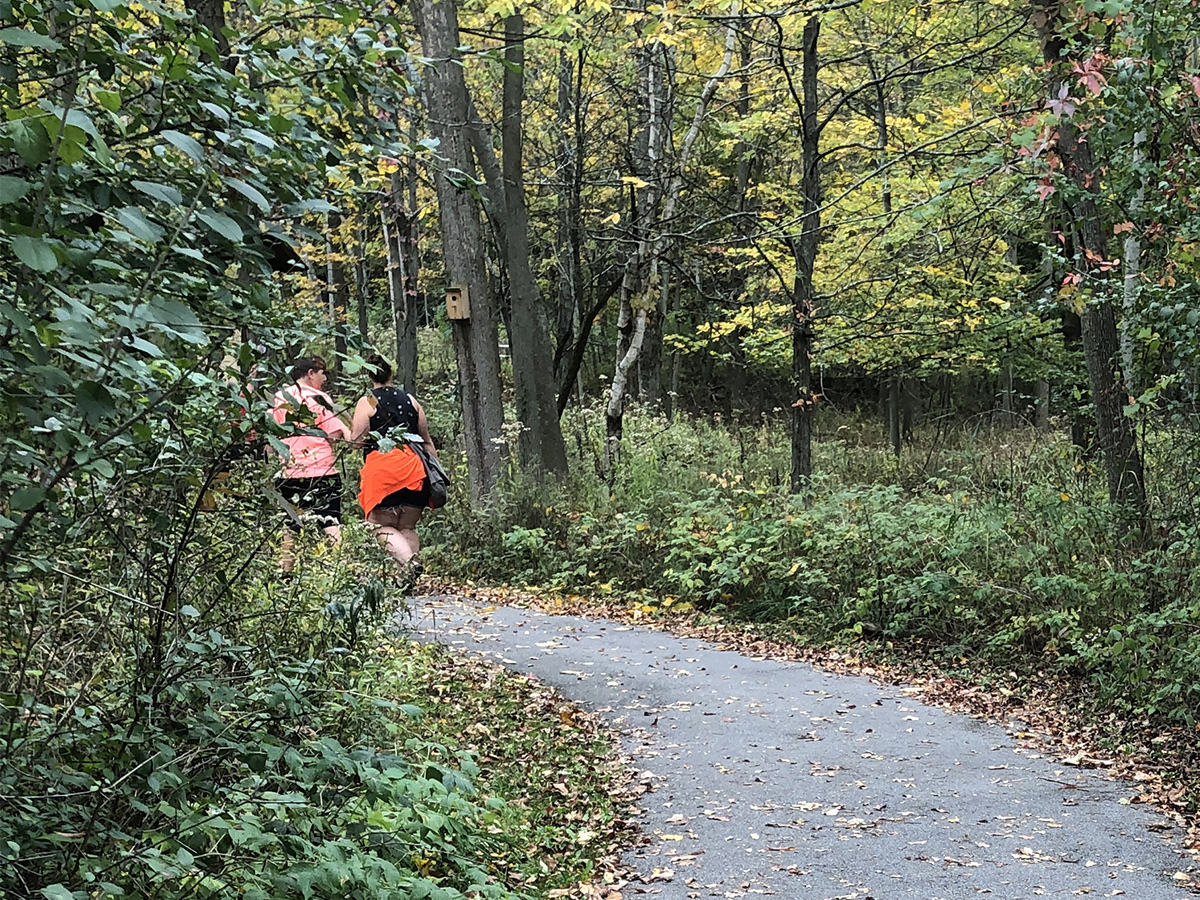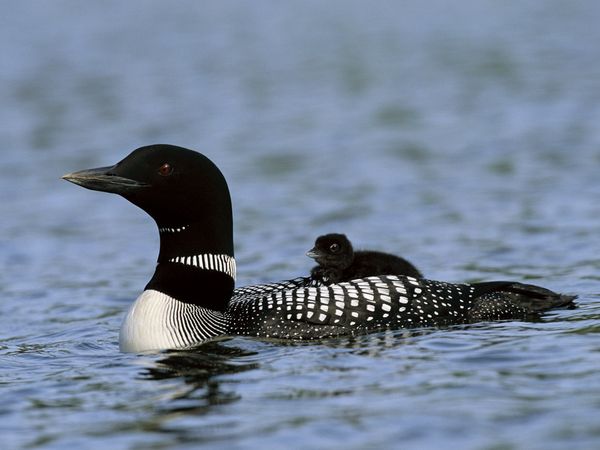Hyde Lake
Hyde Lake
Hyde Lake Association
Hyde Lake is a 180-acre freshwater lake located near Coopers Corners in Theresa, NY.
The lake is approximately 18 feet deep at its deepest point and has a surface area of just over 8 million square feet. The elevation of Hyde Lake is 382 feet and it has a shoreline of three miles. The lake is home to loons, eagles, swans, and many types of aquatic species. Summer sunsets are spectacular as the light hits its high cliffs to show off thousands of years of glacial history.

Fish Species
Tiger Muskellunge, Largemouth Bass, Northern Pike, Black Crappie, Bluegill, Brown Bullhead, Walleye, and Yellow Perch
Invasive Species
On Land: Purple Loosestrife
Aquatic: Eurasian Milfoil, Curly Leaf Pondweed, European Frogbit
Lake Statistics
Water Quality
The water quality of Hyde Lake has been declining over the past 60 plus. The once clear and pristine water of the years leading up to the 1970s, has seen a sharper decline over the past decade as observed in poor clarity and intense Harmful Algal Blooms throughout the summer and late fall.
Hyde Lake has been listed on the NYS DEC 303d List of Impaired Water Bodies due to low oxygen 2018 and high phosphorus 2022.
The Citizen Statewide Lake Assessment Program, CSLAP report states that ‘Hyde Lake continues to be mesotrophic, or moderately to highly productive, based on moderate water clarity, high algae levels (chlorophyll a), and moderate nutrient (phosphorous) levels. Soluble nutrients were analyzed in 2022. The waterbody is highly alkaline or basic, with intermediate hardness water, low water color, and moderately high nitrogen levels.
The open water algal community in the lake is usually comprised of high cyanobacteria levels. This community is dominated by Diatoma. Shoreline blooms were documented in the lake in 2022 and comprised primarily of cyanobacteria with high toxin levels. The most common taxa was Dolichospermum.’ Source Hyde Lake.
In 2022 the NYS DEC Summary of HABa listed Hyde Lake with 56 reported harmful algal blooms and 69 reported blooms in 2023. (These are the 4th highest number of reports in over 200 NYS lakes.)
CSLAP (Citizens Statewide Lake Assessment Program) sampling was conducted on Hyde Lake. The CSLAP reports for each of the past several years can be found on the NYSFOLA (New York State Federation of Lake Associations) website nysfola.org or on the NYSDEC website.
Wildlife
- Small mammals that make Hyde Lake home are beaver, muskrats, mink, and otter.
- Waterfowl include loons, geese, and varieties of visiting ducks.
- Other feathered inhabitants are the bald eagle, osprey, blue heron, green heron, terns and seagulls, red-winged blackbirds, and kingfishers.
- Painted turtles, snapping turtles, bull frogs, leopard frogs, tree frogs, salamanders, snails, water snakes, garden snakes and milk snakes are also found.
- Woodland animals include white tail deer, raccoons, fox, bobcats, coyotes, porcupine, opossum, rabbit, woodchuck, chipmunk, red squirrel, grey squirrel, and more recently sited black bear.
- Some upland birds include barn swallow, raven, crow, grackle, robin, wren, chickadee, titmouse, goldfinch, blue jay, oriole, bunting, grosbeak, downy, hairy and pileated woodpeckers, ruffed grouse, whip-or-will, barn, screech, barred and great horned owls, red-tail and cooper hawks.
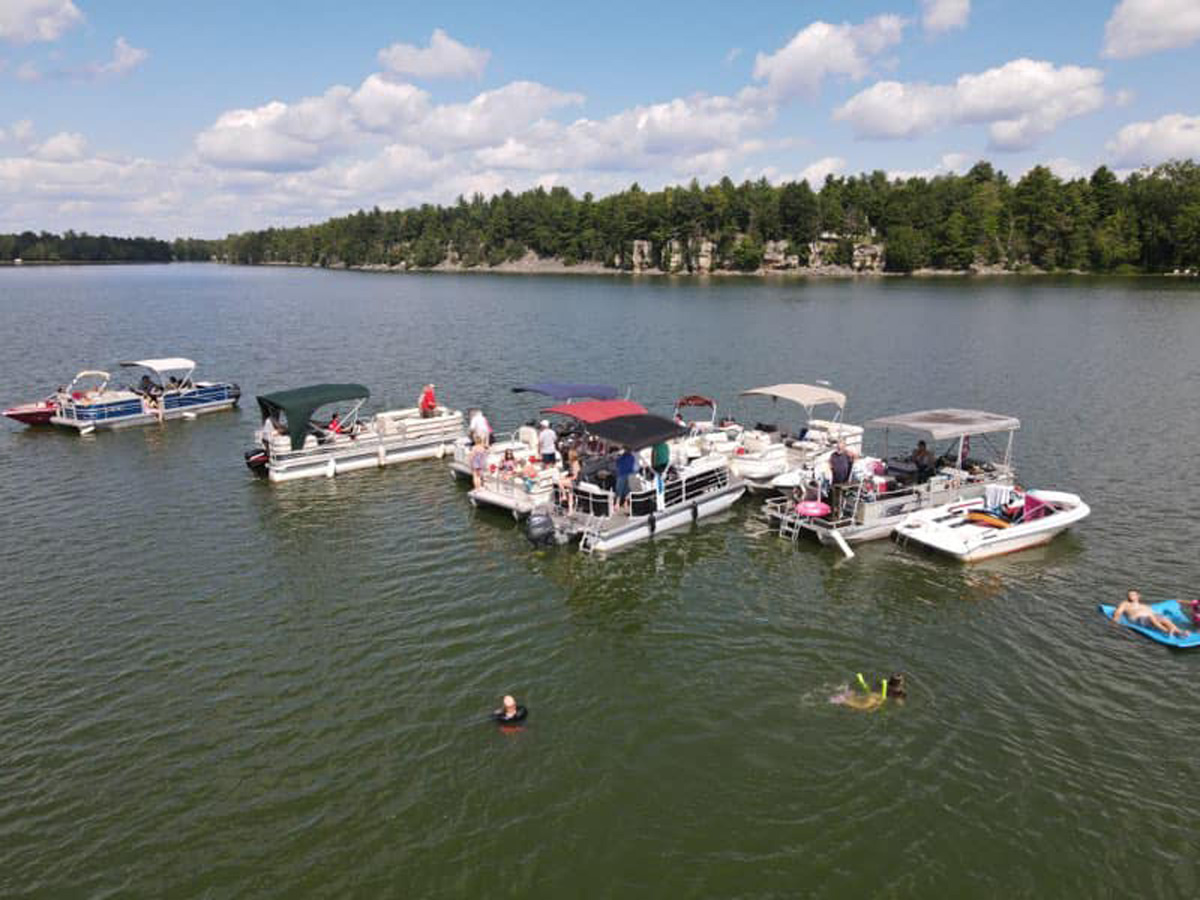
History
Given the abundance and diversity of local water resources, including the St. Lawrence River, Lake Ontario, the Indian River, and the Indian River chain of lakes, it’s no surprise that the town of Theresa became a focal point of settlement in the region. The first recorded use of the land dates back as far as 841 B.C. when a group of indigenous peoples called the Meadowood Phase used this area for hunting and gathering. Later, it would be used by the Iroquois for hunting and fishing until European settlement in the early 1800s. Europeans utilized the many streams within the region, especially the Indian River, for the transport of goods and trade. In 1800, 220,000 acres of land were purchased by David Nelson LeRay which was divided and used to help stimulate further settlement. This included the construction of a gristmill and the introduction of cattle to graze the land. In 1816, the U.S. military constructed a road, known today as Route 37, which connected the surrounding areas and provided families with easy access to the region. With easy access and the established mills, the area continued to grow as more families purchased land parcels. By the 1820s, merchants and tradespeople of all kinds had established themselves, spurring the development of a school, church, and even an official mail route. The area was officially declared the town of Theresa, named after the original land owner’s daughter, Theresa LeRay, and separated from the neighboring Town of Alexandria in 1841. As the surrounding areas simultaneously developed, Theresa became easily accessible by road or rail.
The first house constructed on Hyde Lake was built by David Foster in 1947. The Foster house was constructed along the ledge of Hyde Lake and the surrounding land was cleared for farming. Continuing into the early 1900s, settlement and farming grew in the town, with milk and cheese being the main products of production.
The recreation potential of the area was slowly being discovered, drawing in a new wave of people who used the land to partake in various aquatic recreation activities including fishing, swimming, and boating. By the 1920s there were two cottages constructed along the northern end of Hyde Lake, followed by an additional three during the 1930s. One of the cottage owners, Arthur Eddy, took advantage of the increased recreation interest and utilized his location to rent out boats to fishermen. As time continued, so did the development of the land surrounding Hyde Lake.
In the 1960s Clark’s Campground was established at the northern end of the lake, followed by Wilson’s Campground on the lower east side. Starting in the late 20th century, utilization of the lake shoreline for buildings, primarily new construction of year-round homes and some summer camps or cottages, was noted by members of the lake community. In the 1970s dairy and beef farming decreased to only two farms, and part of the Hyde Lake watershed was included in the Perch River Wildlife Management Area.
In the 1980s the NYSDEC began the stocking of Tiger Muskellunge; the public NYSDEC fishing access was opened at the northern end of the lake with a 10 hp motor limit. Public access to the lake resulted in some lake user conflicts during the first years after the construction of the fishing access.
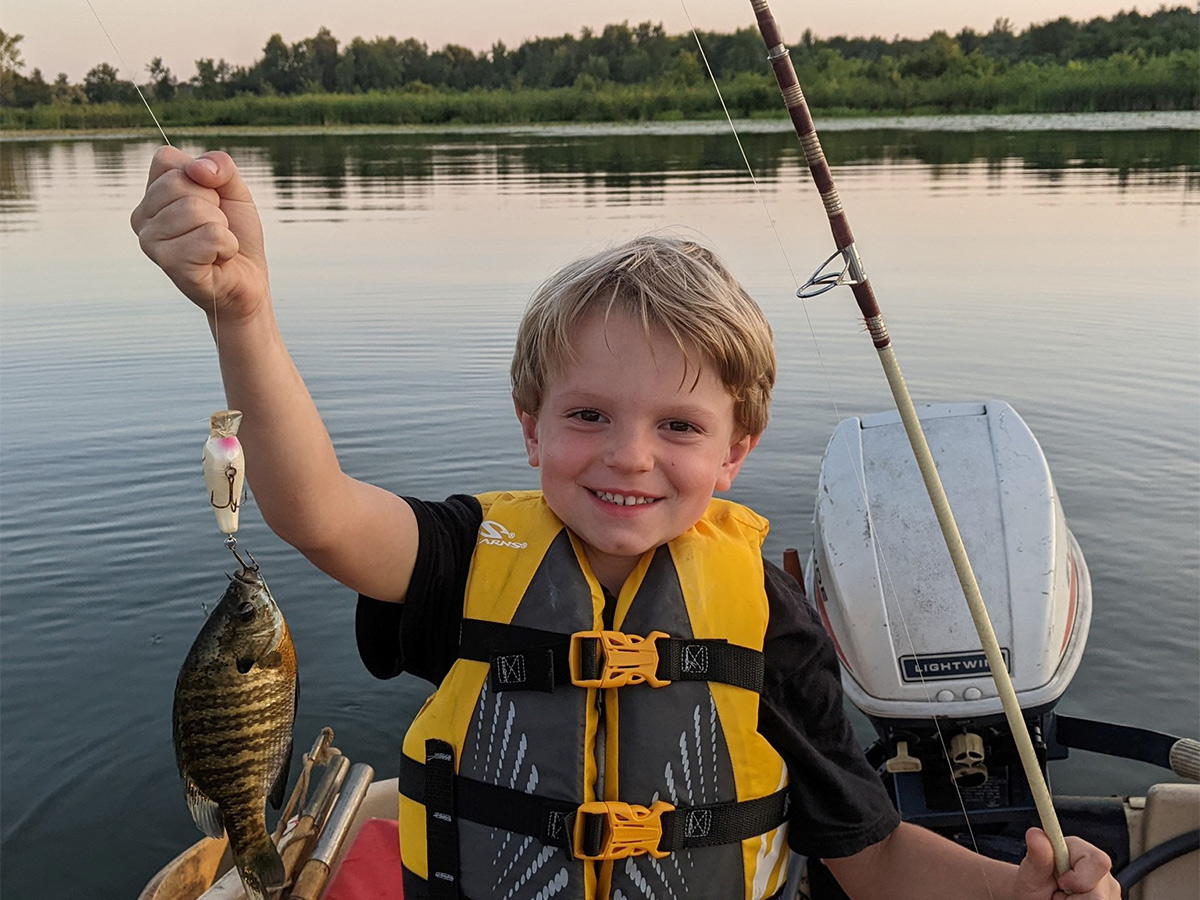
Lake Uses
While much of the shoreline is inhabited by private property, the public does have access through a NYS Fishing Access/boat launch for low-horsepower boating, canoeing, and kayaking and privately owned, Wilson’s Campsite.
Many enjoy bird watching, swimming, boating, kayaking, and fishing – including ice fishing.
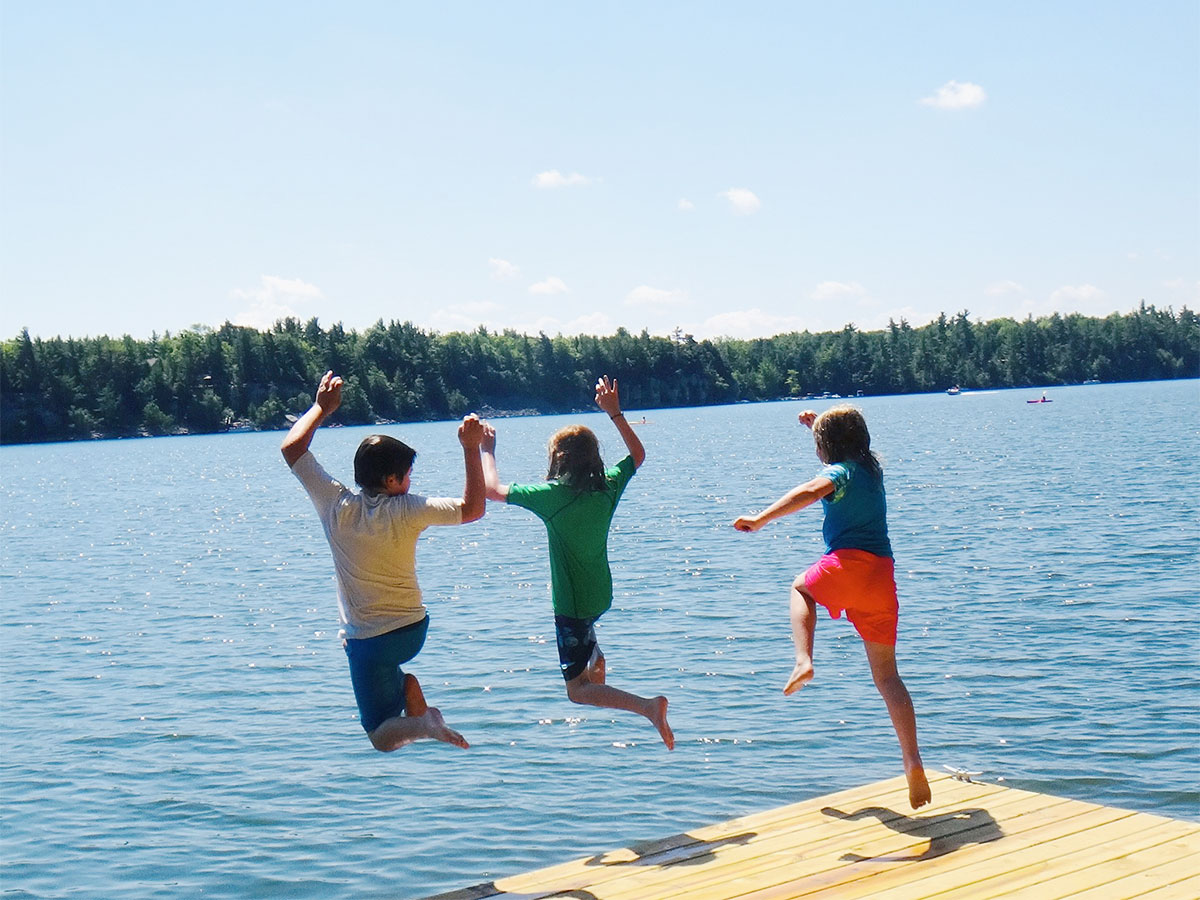
Membership
The Save Hyde Lake Association, Inc. was formed in 1981 to restore the lake’s water level. The water level of Hyde Lake, 384’ as per USGS 1958, has been maintained by both natural and man-made barriers to water flow from the outlet throughout the lake’s history. Occasionally these beaver dams have broken and caused a rapid loss of large amounts of water from Hyde Lake. In an attempt to maintain consistent lake levels, residents constructed sandbag dams at the outlet of Hyde Lake from 1970-1999 following beaver dam failures. During the 1970s the wetland area south of Hyde Lake had been transformed for muck farming, which involved straightening and dredging of Hyde Creek and installation of drain tiles.
During the 1990s, farming activity had ceased and in February 2005, a stream restoration project was undertaken with funding from the US Fish and Wildlife Service through the Partners for Wildlife Program and money raised by the Save Hyde Lake Association. The goal of the project was to return Hyde Creek and the surrounding wetland located on the north side of Hyde Lake Road to the condition found prior to farming activity in the area. As part of the stream restoration a weir was installed on Hyde Creek, which beavers promptly utilized for building their own dam upon, prompting the installation of a Clemson style beaver leveler to allow water flow through the beaver dam. This weir now functions as water level control for Hyde Lake and provides much more stable water level control than was historically present.
In 2006, the former 140-acre muck farm to the south of Hyde Lake Rd was enrolled in a conservation land easement between the private landowner and the USDA NRCS Wetland Restoration Program.
As the Save Hyde Lake Association went dormant, permanent and seasonal residents and community members reorganized to create the Preservation Alliance of Hyde Lake. The organization was formed as a 501(c)3 not-for-profit corporation in 2022. The main focus is to improve the current water quality, with a high nutrient load causing harmful algal blooms, HABs throughout the summer and fall.
Lake Association Membership
The Preservation Alliance of Hyde Lake is a 501(c)3 not-for-profit organization that is open to the public. Membership dues are collected annually to assist with water quality projects and to cover association operating expenses. Dues are $100 for an individual and $150 for a family membership.
For more information about membership in PAHL, visit our Facebook page or email us at Hydelakealliance@gmail.com.
Places to Expore
Located in Upstate New York near the Thousand Islands Region, this area is a haven for natural beauty, recreation, and wildlife.
Visit the Indian River Lakes region to hike, paddle, and connect with an incredible community.

